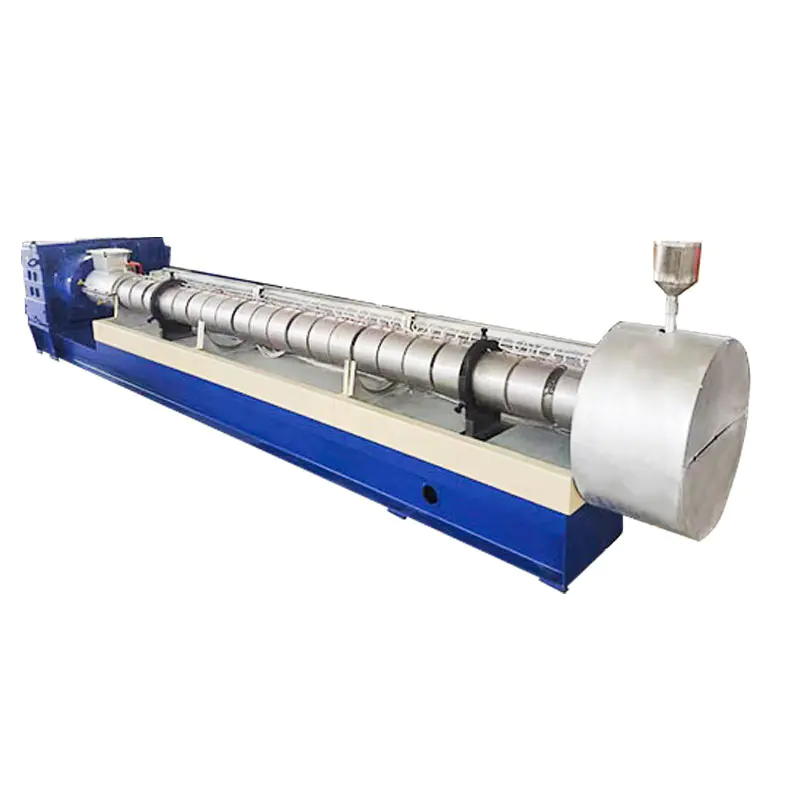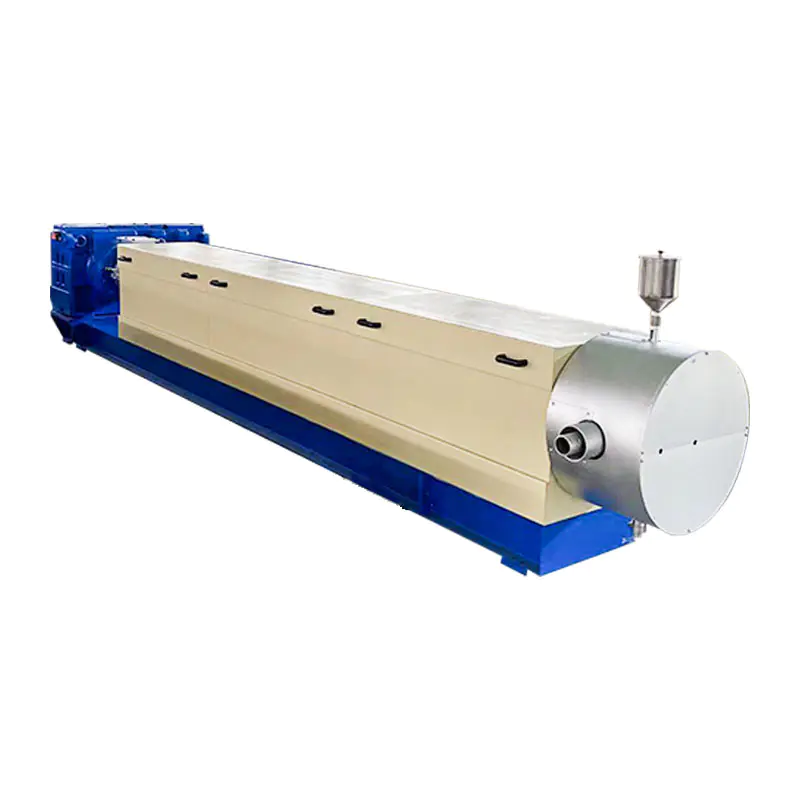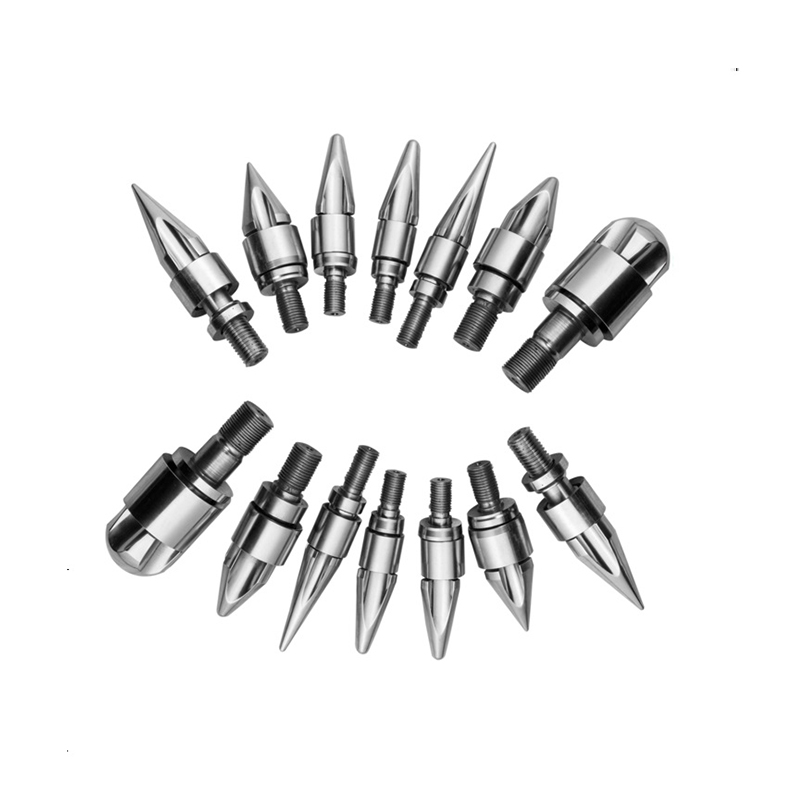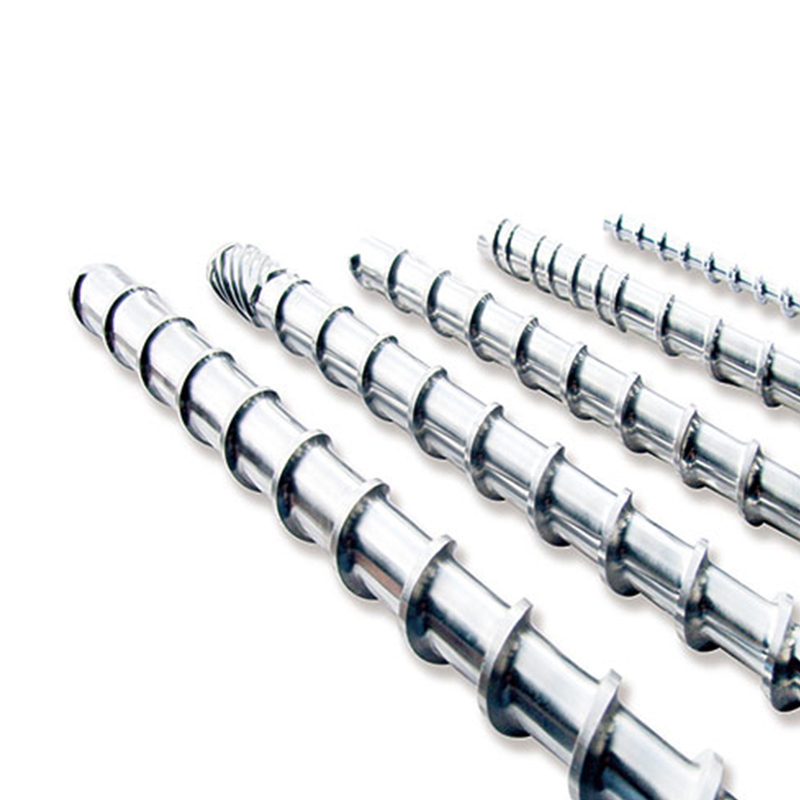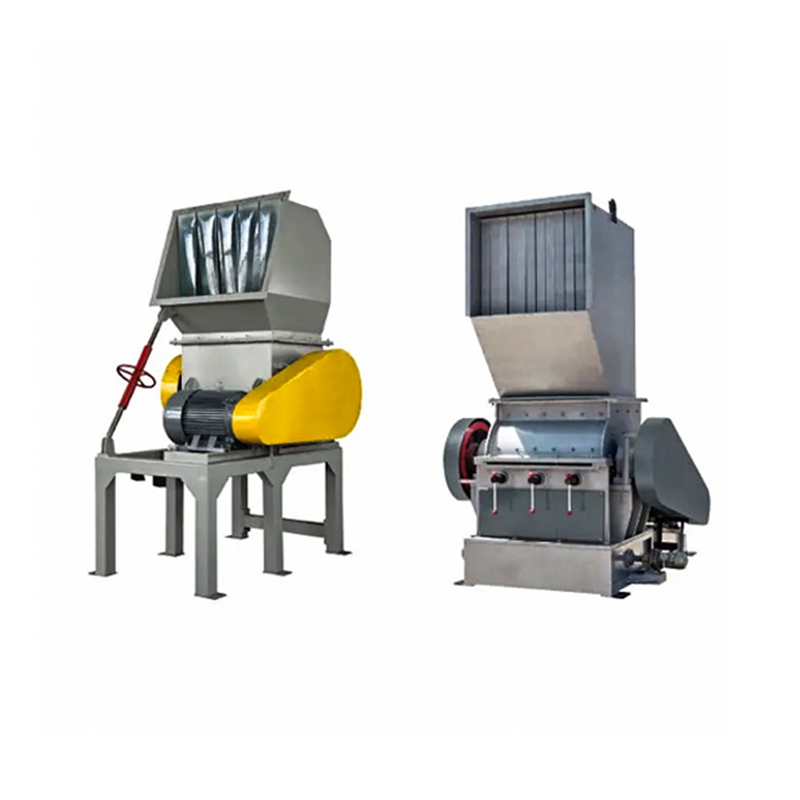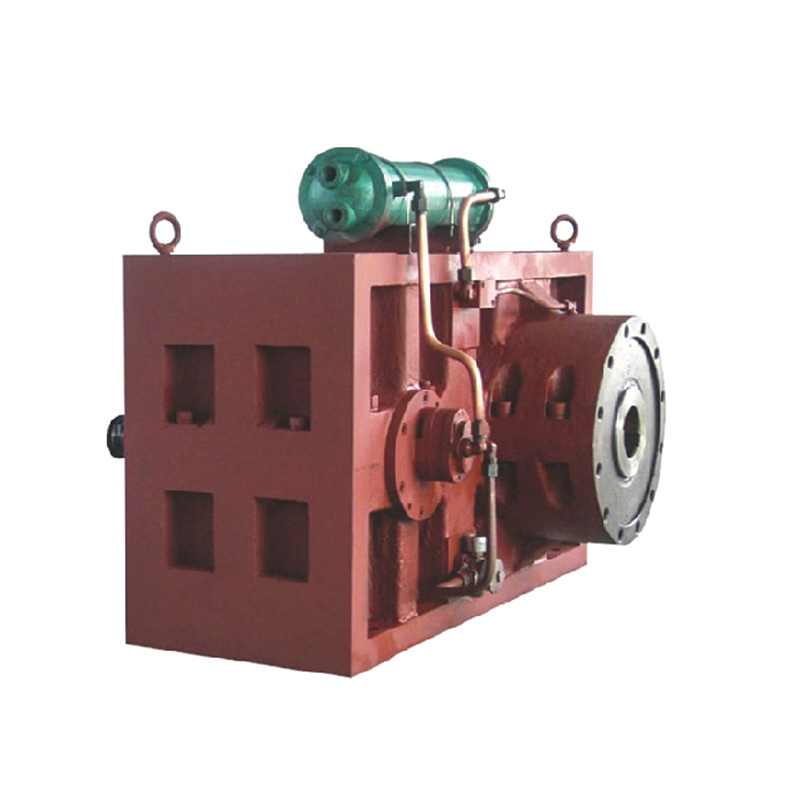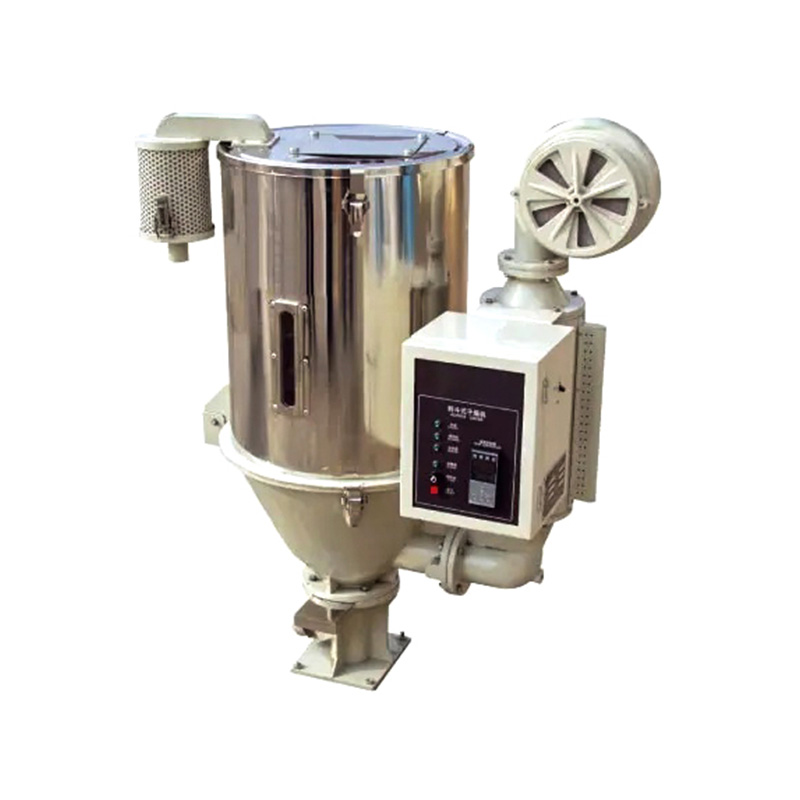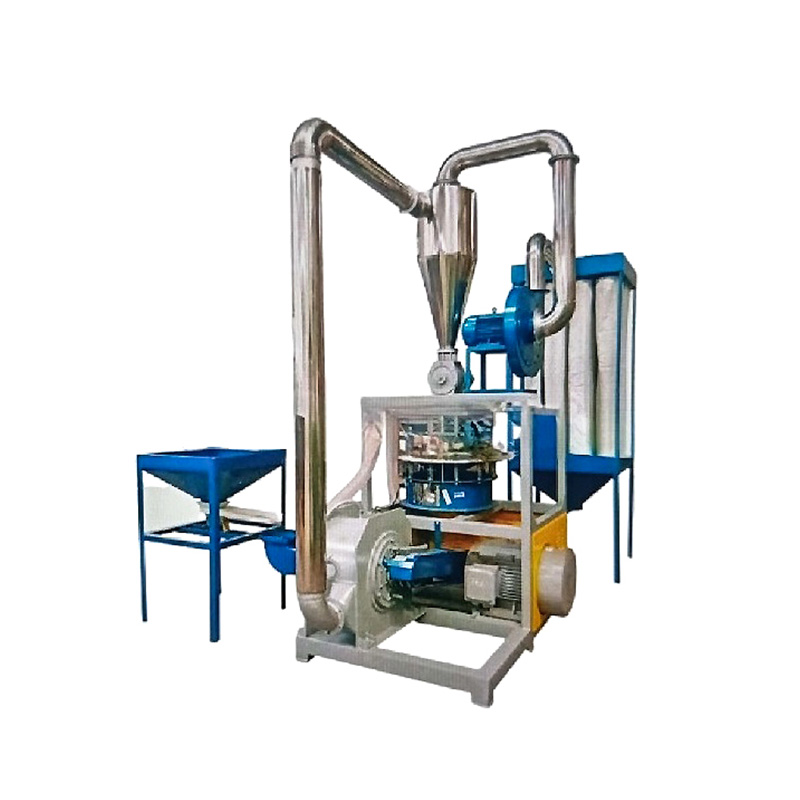In the vast landscape of plastics manufacturing and recycling, the Plastic Pelleting Machine stands as an essential piece of industrial equipment. Also frequently referred to as a pelletizer, granulator, or compounding line (when integrated with mixers and extruders), its core function is to transform plastic materials – whether virgin resin, recycled flakes, or compounded mixtures – into small, uniform, free-flowing pellets or granules, often called "nurdles."
Core Function and Process:
A Plastic Pelleting Machine fundamentally takes plastic in a molten or softened state and converts it into a consistent pellet form. The typical process involves:
-
Feeding: Plastic feedstock (flakes, regrind, compounded melt) is introduced into the machine.
-
Extrusion/Melting (Often Preceding or Integrated): While some pelletizers work directly with molten polymer from an upstream extruder, others may have integrated extrusion capabilities to melt solid feed.
-
Pellet Formation (Die Face Cutting or Strand Pelletizing):
-
Die Face Cutting: Molten plastic is forced through a die plate containing numerous small holes. As the strands emerge, rotating blades cut them into pellets directly at the die face.
-
Strand Pelletizing: Molten plastic is extruded through a die to form multiple continuous strands. These strands are cooled, usually in a water bath, and then fed into a separate cutting unit where rotating blades chop them into uniform pellets.
-
-
Cooling: Immediately after cutting, pellets are rapidly cooled (using air or water) to solidify their shape and prevent clumping.
-
Drying (if Water Cooled): Pellets cooled in water require efficient drying systems (centrifugal dryers, fluidized bed dryers, etc.) to remove moisture before storage or packaging.
-
Collection: The finished pellets are conveyed to storage silos or packaging units.
Key Components:
A standard Plastic Pelleting Machine system typically integrates several critical components:
-
Feed Hopper/Feeder: Ensures consistent material input.
-
Extruder (Integrated or Upstream): Melts and homogenizes the plastic. Single or twin-screw designs are common.
-
Die Plate: A hardened metal plate with precisely drilled holes that shape the molten plastic into strands.
-
Cutting Chamber/Unit: Houses the rotating cutter hub and blades that shear the plastic strands into pellets.
-
Cutting Blades: Sharp blades mounted on the cutter hub; their speed and sharpness are crucial for pellet quality.
-
Drive System: Powers the cutter hub rotation.
-
Cooling System: Air knives, water spray, or water bath for solidifying pellets.
-
Drying System (if applicable): Removes residual water.
-
Control Panel: Manages motor speeds, temperatures, and other operational parameters.
Materials Processed:
Plastic Pelleting Machines handle a wide array of thermoplastic polymers, including:
-
Polyethylene (PE - LDPE, LLDPE, HDPE)
-
Polypropylene (PP)
-
Polystyrene (PS - GPPS, HIPS)
-
Polyvinyl Chloride (PVC)
-
Polyethylene Terephthalate (PET)
-
Acrylonitrile Butadiene Styrene (ABS)
-
Engineering Plastics (e.g., Nylon, PC, POM) and various recycled or compounded blends.
Purpose and Advantages of Pelletizing:
Converting plastic into pellets via a Plastic Pelleting Machine serves several vital purposes in the polymer industry:
-
Standardization: Creates uniform particle size and shape, essential for consistent feeding and processing in downstream equipment like injection molders or extruders.
-
Improved Handling & Transport: Pellets flow freely, unlike irregular flakes or powders, making them significantly easier to transport (in bulk or bags), store, and meter automatically into processing machines. Density is increased, optimizing shipping volume.
-
Enhanced Material Properties (for Recycled): For recycled plastics, pelletizing homogenizes the melt, improving quality and processability compared to directly using flake.
-
Densification: Reduces the volume of bulky plastic flakes or regrind, leading to more efficient storage and logistics.
-
Quality Control: Provides a controlled form factor that facilitates quality checks (contamination, color consistency).
-
Feedstock for Manufacturing: Pelletized virgin or recycled plastic is the primary feedstock for virtually all plastic product manufacturing processes.
Applications:
Plastic Pelleting Machines are indispensable in:
-
Plastics Recycling Facilities: Converting post-consumer or post-industrial plastic waste (bottles, films, containers) into uniform pellets for reuse.
-
Compounding Plants: Producing custom plastic formulations by blending base resins with additives (colorants, fillers, reinforcements, modifiers) and pelletizing the final compound.
-
Virgin Resin Production: Final stage in resin manufacturing plants to package product for sale.
-
Reprocessing Operations: Converting in-house production scrap (sprues, off-spec parts) back into usable pellet feedstock.
The Plastic Pelleting Machine is far more than just a size reduction tool. It is a fundamental processing unit that transforms plastic materials – virgin or recycled – into a highly functional, standardized, and efficient form factor. By producing consistent pellets, these machines enable the reliable flow of material through complex manufacturing and recycling chains, underpinning the efficiency, quality, and economic viability of the modern plastics industry. Their role is critical in closing the loop for plastic sustainability and ensuring optimal performance in final product manufacturing.



 عربى
عربى


